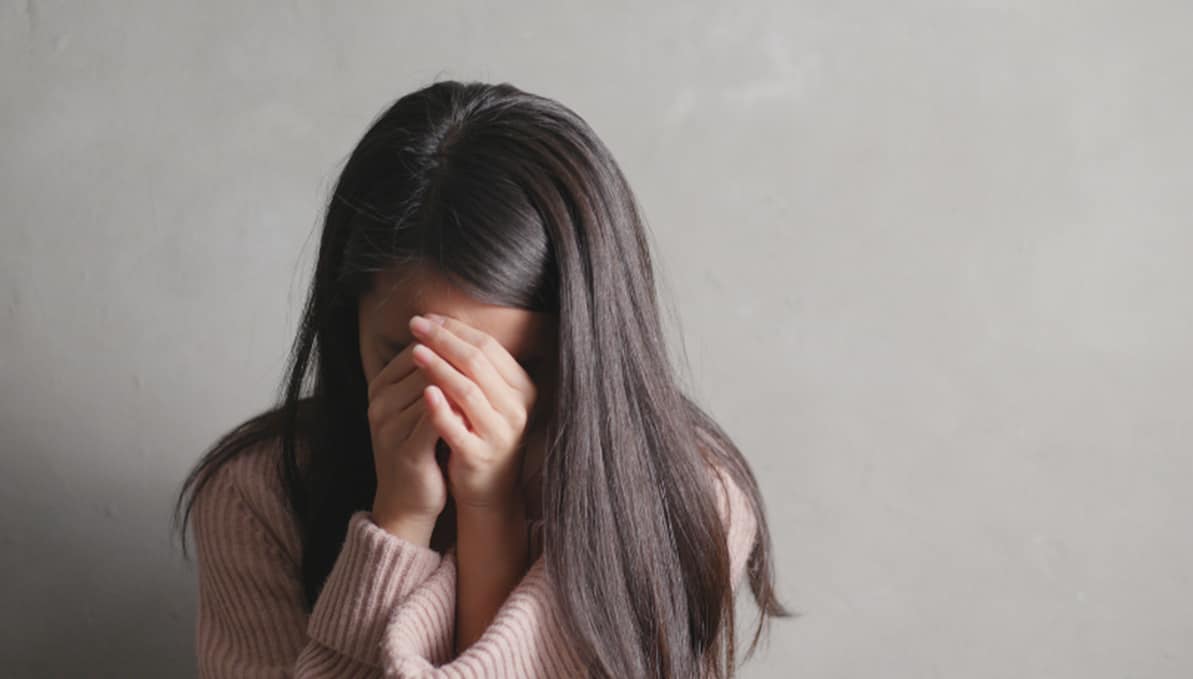Physical abuse is the most recognisable form of domestic abuse and violence. It involves the use of force against the victim in order to cause injury, pain, distress or fear. The injury sustained in an incident of physical abuse doesn’t need to be a major one for it to class as domestic abuse, even slapping causing minor injuries is still domestic abuse.
Some examples of physical abuse could include, but is not limited to, hitting, slapping, pinching, kicking, strangling, stabbing, pulling hair, throwing an object at someone, preventing someone from eating or sleeping, locking a someone in, preventing someone from taking medication, forcing someone to take drugs or alcohol.

Domestic violence is generally considered to be the physical side of domestic abuse. It is one person using violence against another within an intimate, ex-intimate or family relationship. The perpetrator uses violence or threats of violence, to harm the victim both physically and mentally.
The following physical indicators could be a sign that someone is experiencing physical abuse:
There may also be other non-physical signs such as someone:
Physical abuse could happen to anyone and it is never the fault of the victim. There is no one reason why someone may start using physical abuse, it could be childhood trauma, mental illness, stress, substance misuse, jealousy or a need to control.
If an individual is experiencing physical abuse and is in immediate danger, they should try to call the Police. If they are unable to talk when calling 999 from a mobile, they can use the Silent Solution. If the caller can’t speak or answer questions, they should press 55 when prompted and your call will be transferred to the police.